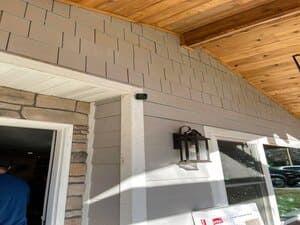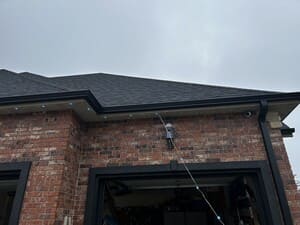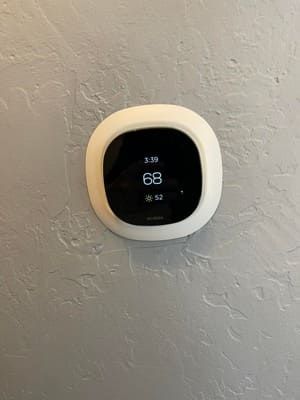about us
After 5 Electronics, founded by a former Geek Squad expert, specializes in cutting-edge home tech solutions. Trusted for our expertise and passion, were dedicated to enhancing your digital life.
Offering expert electronics repair and installation services for homeowners seeking dependable, high-quality solutions.

GET A FREE QUOTE

GET A FREE QUOTE
100% local
family business
5+ years experience
INSURED
FULLY Licensed
After 5 Electronics, founded by a former Geek Squad expert, specializes in cutting-edge home tech solutions. Trusted for our expertise and passion, were dedicated to enhancing your digital life.

WHAT WE ARE BEST AT
Elevate your internet experience with our professional Starlink Installation service for both residential and commercial properties. Enjoy lightning-fast, reliable connectivity that revolutionizes how you work, play, and communicate. Perfect for remote areas or anyone in need of superior internet speeds.
Elevate your entertainment experience with our expert TV Mounting/Home Theatre services. From seamless wall mounting to sophisticated home theatre setups, we ensure a perfect view and immersive sound in every corner of your room. Let us transform your space into a cinematic paradise.
Illuminate your homes exterior beautifully and efficiently with our Permanent Outdoor Lighting service, featuring top-quality Govee under eave lighting solutions. Designed to enhance safety, aesthetics, and ambiance, our durable, energy-efficient lighting setups are perfect for any season.
Enhance your homes safety with our cutting-edge security systems. From advanced alarm systems to surveillance cameras, we offer comprehensive solutions to protect your family and property. Trust us for peace of mind.
Elevate your propertys security with our cutting-edge security camera solutions. Tailored for both residential and commercial spaces, we provide high-definition surveillance to protect your premises around the clock. Experience peace of mind with our reliable, user-friendly systems.
Elevate your living experience with our Smart Home Devices service. Transform your home into a hub of convenience and security with the latest in smart technology. From intelligent lighting systems to advanced security cameras, we offer customized solutions to make your home smarter and your life easier.
Elevate your home entertainment experience with our bespoke Home Theatre and Surround Sound installations. From immersive audio landscapes to crystal-clear visuals, we customize solutions to transform your space into a cinematic paradise. Perfect for movie lovers, gamers, and audiophiles seeking the ultimate in-home entertainment.
Elevate your homes connectivity with our Home Networking service. We specialize in creating seamless, high-speed wireless networks that ensure uninterrupted internet access throughout your home. From smart TVs to home offices, our expert technicians will design and implement a custom solution that fits your lifestyle, enhancing your online experience for work, entertainment, and everything in between.
Elevate your home with our comprehensive tech solutions. From smart home installations to entertainment system upgrades, we specialize in enhancing your living space with the latest technology. Trust us to bring your home into the future.
Our process is simple and only contains a few simple steps

SEE WHY OUR CUSTOMERS LOVE US










DISCOVER WHAT OUR CUSTOMERS HAVE TO SAY ABOUT US
REVIEW US ON GOOGLE
Absolutely, we can provide references from past clients. Additionally, you can read the reviews and testimonials from our satisfied customers on our website. If you would like to speak with specific past clients, we can provide their contact information upon request.
At After 5 Electronics, we distinguish ourselves through meticulous attention to detail, a dedication to quality, and a personalized approach. We prioritize client communication to seamlessly bring their vision to life.
No, After 5 Electronics offers complimentary estimates to all prospective clients.

Springfield Mo
Branson Mo
Poplar Bluff Mo
Doniphan Mo
Saint Louis Mo
Festus Mo
Rolla Mo
Nixa Mo
Ozark Mo
Herculaneum Mo
Pevely Mo